Chewing gum sculptures, a wealthy gallerist, a notorious murder case, and the segregated south - it's all part of Nellie Mae Rowe's boundless universe. This World Is Not My Own reimagines this self-taught artist's world and her life spanning the 20th century.
Related Movies
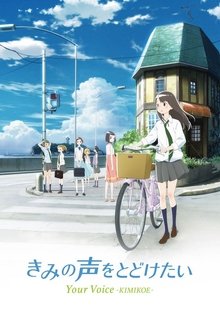
I Want to Deliver Your Voice (2017)
The story focuses on high school girl Nagisa Yukiai who lives in a seaside town. She has believed her grandmother's story that spirits dwell in words and they are called "kotodama" (word spirit). One day, she strays into a mini FM station that has not been used for years. As an impulse of the moment, she tries to talk like a DJ using the facility. But her voice accidentally broadcasted reaches someone she has never expected.
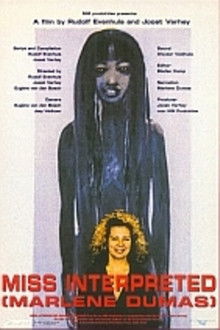
Miss Interpreted (1997)
A film about the artist Marlene Dumas: - There's no right way to portray or to understand someone. It's just an acknowledgment , not a denial of reality. Here are my paintings.

Phantoms of the Sierra Madre (2024)
A Danish writer travels to Mexico with the purpose of locating a mysterious Apache tribe that fervently seeks to remain in obscurity.
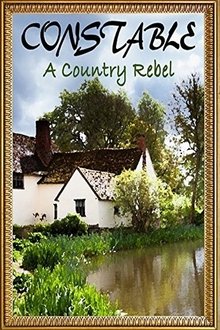
Constable: A Country Rebel (2014)
The Haywain by John Constable is such a comfortingly familiar image of rural Britain that it is difficult to believe it was ever regarded as a revolutionary painting, but in this film, made in conjunction with a landmark exhibition at the V&A, Alastair Sooke discovers that Constable was painting in a way that was completely new and groundbreaking at the time. Through experimentation and innovation, he managed to make a sublime art from humble things and, though he struggled in his own country during his lifetime, his genius was surprisingly widely admired in France.

All Rendered Truth: Folk Art in the American South (2009)
A film documenting the soulful art, environments, and voices of self-taught artists on the back roads of the American South.
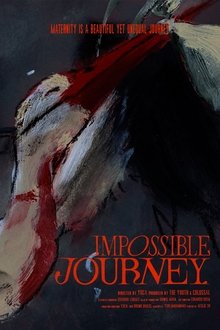
Impossible Journey (2024)
The journey of two storks on an ordinary workday reveals the urgent crisis in maternal health care in the United States. One stork has a relatively safe trip to deliver her baby, while the other faces significant dangers, risking her life; each obstacle serves as a metaphor for various forms of violence or obstetric complications. Throughout her journey, the protagonist visually deconstructs herself, just as she does the idealization of motherhood. A layer of reality begins to take over the screen through experimental manual painting. Upon reaching the maternity ward, the stark difference between the two storks becomes clear: the one who barely survived is the one delivering a Black baby.

The Electronic Super Highway: Nam June Paik in the Nineties (1994)
A portrait of Nam June Paik produced as a 'video catalog' for the exhibition 'The Electronic Super Highway', which premiered at The Museum of Art in Fort Lauderdale, Florida, with recent installations, historical background and interviews.

Mr. Smith’s Peach Seeds (2012)
In 1968 Roger Smith ate a peach during a break from work. When he was finished he took out a pocketknife and began carving the peach pit into a tiny pig. 43 years later the retired meter reader and cattle rancher from Culloeka, Tennessee, has carved hundreds of peach seeds into hummingbirds, stingrays, gospel choirs, entire villages, even a baseball stadium with more than 100 figures. "Given enough time," says Smith, "I don't think there is anything you can't make out of a peach seed."
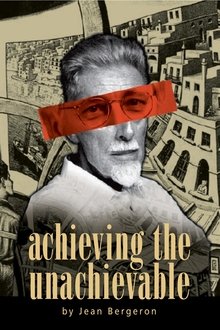
Achieving the Unachievable (2007)
M.C. Escher is among the most intriguing of artists. In 1956 he challenged the laws of perspective with his graphic Print Gallery and his uncompleted master-piece quickly became the most puzzling enigma of modern art. Fifty years later, can mathematician Hendrik Lenstra complete it? Should he?

Inn Signs Through the Ages (1936)
Fred Taylor displays a number of items from the Building Centre's 'Inn Sign Exhibition' held in November 1936. Some signs in the exhibition date back to the reign of Charles II, while others are more contemporary.

Howard Finster: Hidden Man of Heart (1980)
This remastered, rare, local production from the 80s is an unfiltered look into the mind and heart of the world-renowned folk artist Howard Finster. Walking and talking in his Paradise Garden, Finster gives insight into his visions, Faith, and artwork. He even sings and plays the banjo. Dr. George Pullen interviews Finster. And in this case, the word "interview" means that Dr. Pullen just lets Finster talk. And it's pure gold.

Konrad Mägi (2019)
A documentary made for Konrad Mägi exhibition "The Light of the North" in Torino, Musei Reali (2019-2020), about Mägi's life and his legacy.
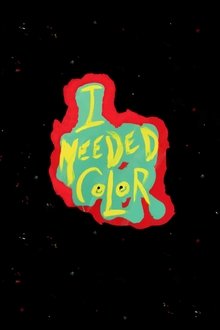
I Needed Color (2017)
Jim Carrey exhibits his talent as a painter and reflects on the value and power of art.

The Lost Portrait of Bonnie Prince Charlie: A Culture Show Special (2014)
In 2009, art detective Dr Bendor Grosvenor caused a national scandal by proving that the Scottish National Portrait Gallery's iconic portrait of Bonnie Prince Charlie, the rebel Stuart who almost seized power in 1745, was not in fact him. Keen to make amends, and suspecting that a long-lost portrait of the prince by one of Scotland's greatest artists, Allan Ramsay, might still survive, Bendor decides to retrace Charles's journey in the hope of unravelling one of the greatest mysteries in British art.

Lyonel Feininger – Ein Künstler zwischen den Welten (2024)
Lyonel Feininger's work is as individual and unmistakable as he is himself. As a classical modernist artist, he is difficult to categorize. He lived and worked in Germany for a long time. He began his career as a caricaturist, later became known as a painter and headed the printing workshops at the Bauhaus. His work cannot be classified as cubism or expressionism. The film visits places that inspired him, such as Paris, the villages around Weimar and, above all, the Baltic coast - many of which are reflected in Feininger's work and make the development of his oeuvre comprehensible.
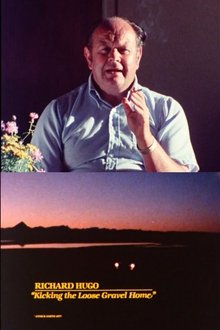
Richard Hugo: Kicking the Loose Gravel Home (1976)
Filmed on location in Montana and Washington State, this 1976 biography of poet and teacher Richard Hugo features readings of some of his most famous poems as well as interviews with his family and friends.

